As California Fumes, Automakers Head to Washington to Talk Emissions

A slew of automakers are scheduled for a Thursday meeting with the heads of the Environmental Protection Agency and U.S. Department of Transportation to go over existing Obama-era efficiency rules. Transportation Secretary Elaine Chao and EPA Administrator Scott Pruitt will both be on hand to discuss — and likely reassure — manufacturers on the future of the guidelines.
In March, President Donald Trump ordered an extensive review of U.S. light vehicle fuel-efficiency standards for the 2022-2025 time frame, despite the Obama administration locking them in well ahead of the midterm review’s April 2018 deadline. The decision was rushed to maintain the administration’s climate change policy and avoid any tampering from incoming Trump appointees. While there remains much to be done before the standing emission limits can be rolled back, wheels are now in motion.
Spokespersons for the Alliance of Automobile Manufacturers (AAM), a trade group representing the interests of Volkswagen AG, General Motors, Ford Motor Co., Toyota Motor Corp., Fiat Chrysler Automobiles, Daimler AG and other major manufactures, declined to comment on the meeting. However, the most likely scenario includes regulatory heads and the Alliance’s board using the time to discuss exactly how much the current guidelines should change.
Those levels, negotiated with automakers in 2011, aimed to double average fleet-wide fuel efficiency to 54.5 miles per gallon by 2025. But the Trump administration has made itself out to be a friend of carmakers, with the president himself suggesting governmental regulations have gotten out of hand and risk harming the industry. There is no reason to think Trump appointees wouldn’t at least attempt to give the AAM some of what it asks for — a scenario to which some are vehemently opposed.
The California Air Resources Board has been publicly opposed to the review since day one and has promised to stick to the Obama-era rules, regardless of a rollback. California regulators and numerous consumer advocacy groups have echoed the Obama claim that the standing emission caps would save motorists $1.7 trillion in fuel costs, improve air quality, preserve natural resources, and stimulate the economy — leaving the auto industry footing a $200 billion bill for development costs. The AAM refutes these claims, and says the cost to the industry would be substantially higher than estimated.
Mitch Bainwol, chief executive of the AAM, claims his group is seeking a “rational, predictable, stable policy,” and not a rollback of the existing standards. However, it’s hard to imagine the AAM turning down a softening of the status quo were it to be offered. Ideally, automakers would like to come to a beneficial arrangement that California could support. The alternative would be a drawn-out, tortuous mess.
Several American jurisdictions plan to pursue whatever course of action California takes, and the Golden State says it is prepared to mount a legal defense against the federal government.
[Source: Automotive News]

A staunch consumer advocate tracking industry trends and regulation. Before joining TTAC, Matt spent a decade working for marketing and research firms based in NYC. Clients included several of the world’s largest automakers, global tire brands, and aftermarket part suppliers. Dissatisfied with the corporate world and resentful of having to wear suits everyday, he pivoted to writing about cars. Since then, that man has become an ardent supporter of the right-to-repair movement, been interviewed on the auto industry by national radio broadcasts, driven more rental cars than anyone ever should, participated in amateur rallying events, and received the requisite minimum training as sanctioned by the SCCA. Handy with a wrench, Matt grew up surrounded by Detroit auto workers and managed to get a pizza delivery job before he was legally eligible. He later found himself driving box trucks through Manhattan, guaranteeing future sympathy for actual truckers. He continues to conduct research pertaining to the automotive sector as an independent contractor and has since moved back to his native Michigan, closer to where the cars are born. A contrarian, Matt claims to prefer understeer — stating that front and all-wheel drive vehicles cater best to his driving style.
More by Matt Posky
Latest Car Reviews
Read moreLatest Product Reviews
Read moreRecent Comments
- MaintenanceCosts 308/311 is just the rating of the gas engine by itself. The full powertrain power rating, taking into account both power sources is 483/479. The car will do 0-60 in under five seconds. Frankly, I find the idea of that being "underpowered" bizarre.Also, "understated" has never been less fashionable within my lifetime. We are in a moment where everyone wants to make a Bold Statement with everything they do.
- 28-Cars-Later @PoskySo here's some interesting data, Manheim's Used Car index is still 28% higher than shortly before the Plandemic (155 on chart) after declining from a height of 39% (roughly 215) in January 2022, yet interest rates are now more than double on average. Maybe the White House should focus on some deflationomics instead of mucking up everything?
- Dale Had one. The only car I ever bought because of a review in a guitar magazine.Sure was roomy inside for such a small car. Super practical. Not much fun to drive even with a manual.Sent it to college with my stepson where it got sideswiped. Later he traded it in on an F-150.
- Bd2 Hyundai's designs are indeed among the most innovative and their battery technologies should allow class leading fuel consumption. Smartstream hybrids are extremely reliable.
- 28-Cars-Later So now H/K motors will last longer in between scheduled replacements. Wow, actual progress.


















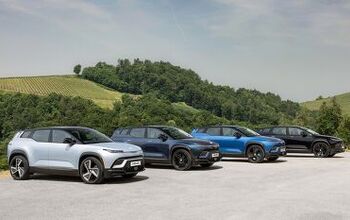




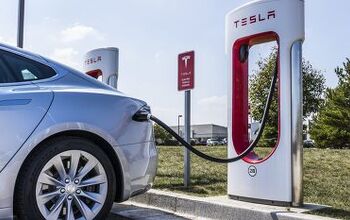
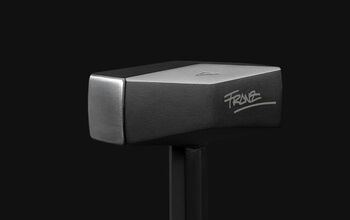

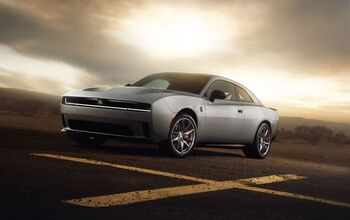
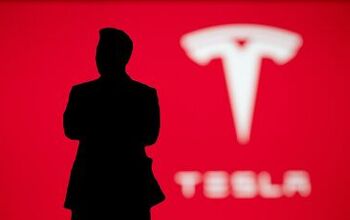
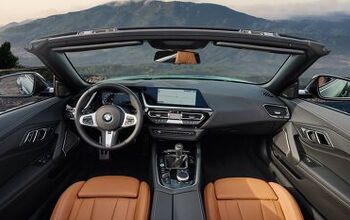
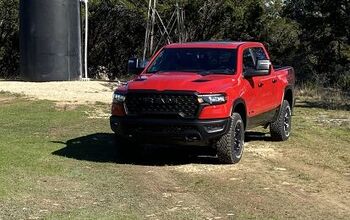
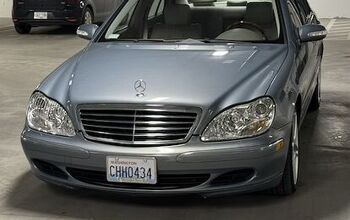

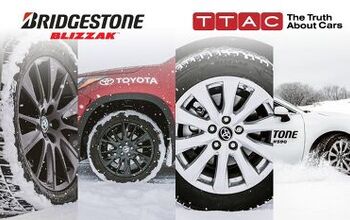
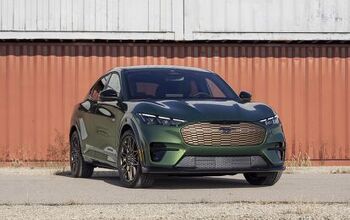
Comments
Join the conversation
We need to keep the pressure on to develop EV and hybrid tech, but I think the target needs to be stretched 5 more years. Sticking to the original targets will force the manufacturers to sell loss leader EVs to offset what people are really buying - trucks and crossovers. Postpone the target one more generation and that will give the automakers time to get the costs down and spread the tech to more models. The automakers already have a ton of alt-energy models in the pipeline and would probably still introduce them to the market, but by postponing the target the pressure to sell mass quantities would be off and they could sell what the market demands.
Screw California. They've killed everyone's mpg with their formulated gasoline & poisoned our water with MTBE. It's sad when my vehicle gets less mpg now than it did when new. Get rid of 10 million illegal aliens and the air will clean itself.